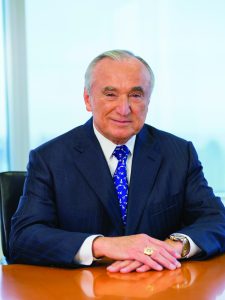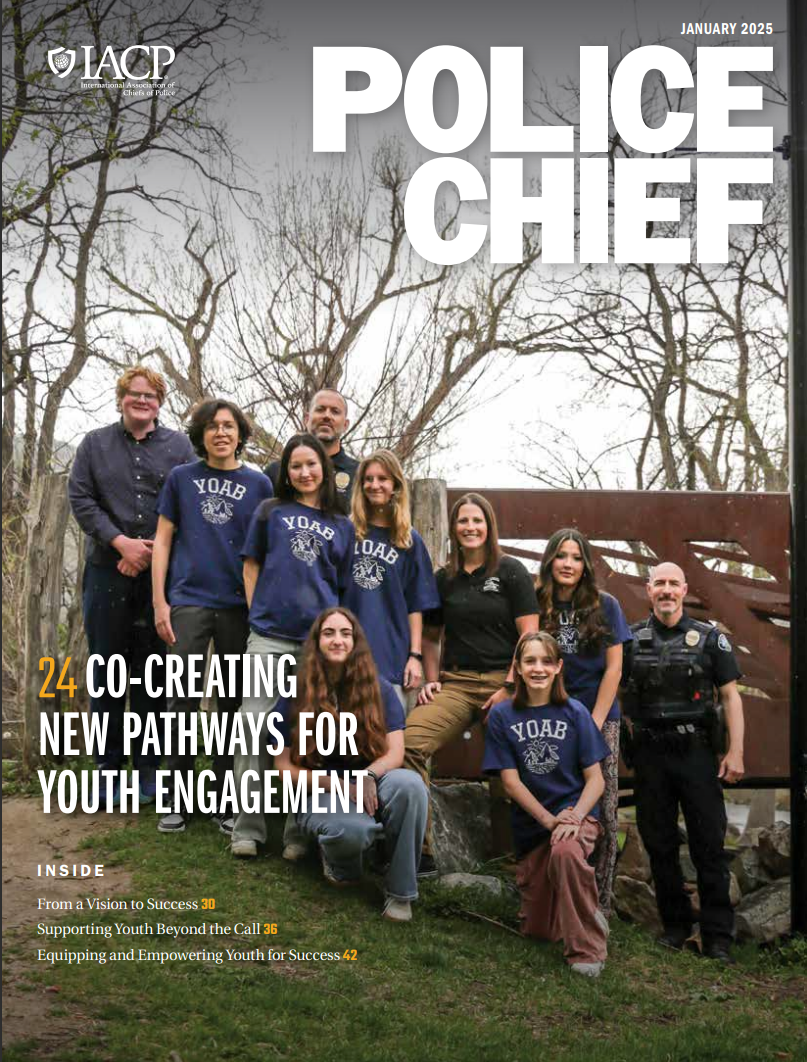
September 11, 2001, changed everything. For the United States, it altered our confidence on whether or not we were safe at home from foreign threats.
For the military, it changed how we define what war looks like, what an enemy is when it is not another country, and how to fight such an enemy. For police chiefs, being the leaders on the front lines of domestic security, it changed everything too. It also changed everything for me. Having retired into a comfortable private sector life, it was 9/11 that brought me back into policing as chief of the Los Angeles, California, Police Department (LAPD).
Los Angeles was a potential target. It represented the America everyone knew from the movies as the capital of the motion picture world. Taking the helm post-9/11, I had to redefine how the LAPD looked at counterterrorism. Something that had occupied maybe 10 percent of my time when I was the police commissioner of New York City in the 1990s now took up 40 percent of my time in the second largest U.S. city. I had to build out a counterterrorism and intelligence structure that was capable of protecting Los Angeles in this new threat picture. That meant expanding the counterterrorism and intelligence functions to include more than 250 cops with specialized training and equipment. It meant redefining how we policed events like the Oscars to not just handle the crowds and traffic but to have a complex counterterrorism overlay that covered every possibility from a truck filled with explosives ramming through blockades to a sniper to having a chemical or radiological attack inside the theater. This became the new normal for major events. We had to be innovative and think out of the box. We created a program called Archangel to gather digital files of every significant target in the city. This way, field commanders could access blueprints and plans for any building that might come under attack. It was a model that was adopted by the U.S. Department of Homeland Security and taken nationally to other cities. Los Angeles, for a major city, was always an undersized police department surrounded by other undersized police departments. It made partnerships and mutual aid agreements among the LAPD, the Los Angeles County Sheriff’s Office, 44 other cities and towns, and the California Highway Patrol second nature. We worked together seamlessly, especially on counterterrorism. Together, we formed the Joint Regional Intelligence Center (JRIC), an intelligence fusion center that became a clearinghouse for threat information and intelligence analysis to be shared within Los Angeles County and as far as Las Vegas, Nevada.
“Conditions change, crimes change, and police have to morph and change their approaches to keep up.”
The years of finger pointing that followed 9/11 had damaged many of the partnerships in New York law enforcement. When I returned to New York for a second tour as police commissioner in 2014, it meant rebuilding frayed relationships with all of our federal partners. I am a real believer in partners. We broke the log jams and shared everything—including highly classified intelligence—all the time. In New York, we could never afford to not connect the dots again. I operated on the theory that every terrorist attack in the world was one that could have occurred in New York. We were still the number one target. We studied each attack. We analyzed it, broke it down, and asked ourselves over and over again: If it had happened here, would we have been prepared? We looked at the Mumbai attacks in India, and the Charlie Hebdo attack and the hostage-taking and slaughter at the Bataclan Theater in Paris, France. That led to the creation of the Critical Response Command—more than 525 officers heavily armed, specially trained, and rolling through the streets 24 hours a day. They are deployed each day to different locations based on an overnight analysis of the global threat stream. It gave us agility, flexibility, and unpredictability. It was a huge investment, but it also gave us a unique advantage. It meant in the event of a terrorist attack or an active shooter, the response would be swift and overwhelming.
Policing has to be flexible and adaptive. Conditions change, crimes change, and police have to morph and change their approaches to keep up. This is even more true in the realm of counterterrorism. Groups like Al Qaeda think and plan an attack in asymmetric terms. It was ISIS that brought on the theory of mass marketing through social media as a way to create an army of lone wolves. There were times when my Intelligence Bureau and the Joint Terrorism Task Force were working together full tilt trying to manage three or four simultaneous plots against New York City at one time.
Today, we have to look back over our shoulder at the foreign threat from terrorist groups that still looms while looking right in front of us at a rising tide of domestic violence extremists. These are both organized or semi-organized groups, but they are also the kind of violent social media–driven crowdsourcing that can lead to events like thousands storming the U.S. Capitol to topple democracy.
Right now, U.S. policing is facing a crisis of rising crime. That has put pressure on chiefs to reduce their counterterrorism efforts to focus more resources on street crime. The pressure is understandable, but I urge caution. Terrorism is not going away. Domestic extremists are using a lot of the same tricks of the trade developed by groups like ISIS. The good news is we have all gotten smarter, more sophisticated, and more capable through our experience in counterterrorism and intelligence. The principles of prevention are the same for both; timely, accurate intelligence; effective tactics; rapid deployment; and relentless follow up and assessment. Those core principles, along with strong partnerships, are how we will prevail on both crime and foreign or domestic terrorism. But the only way we will succeed is if we do it together.
Please cite as
William Bratton, “Working Together Toward Success,” Special Report, Police Chief 88, no. 9 (September 2021): 12–13.


